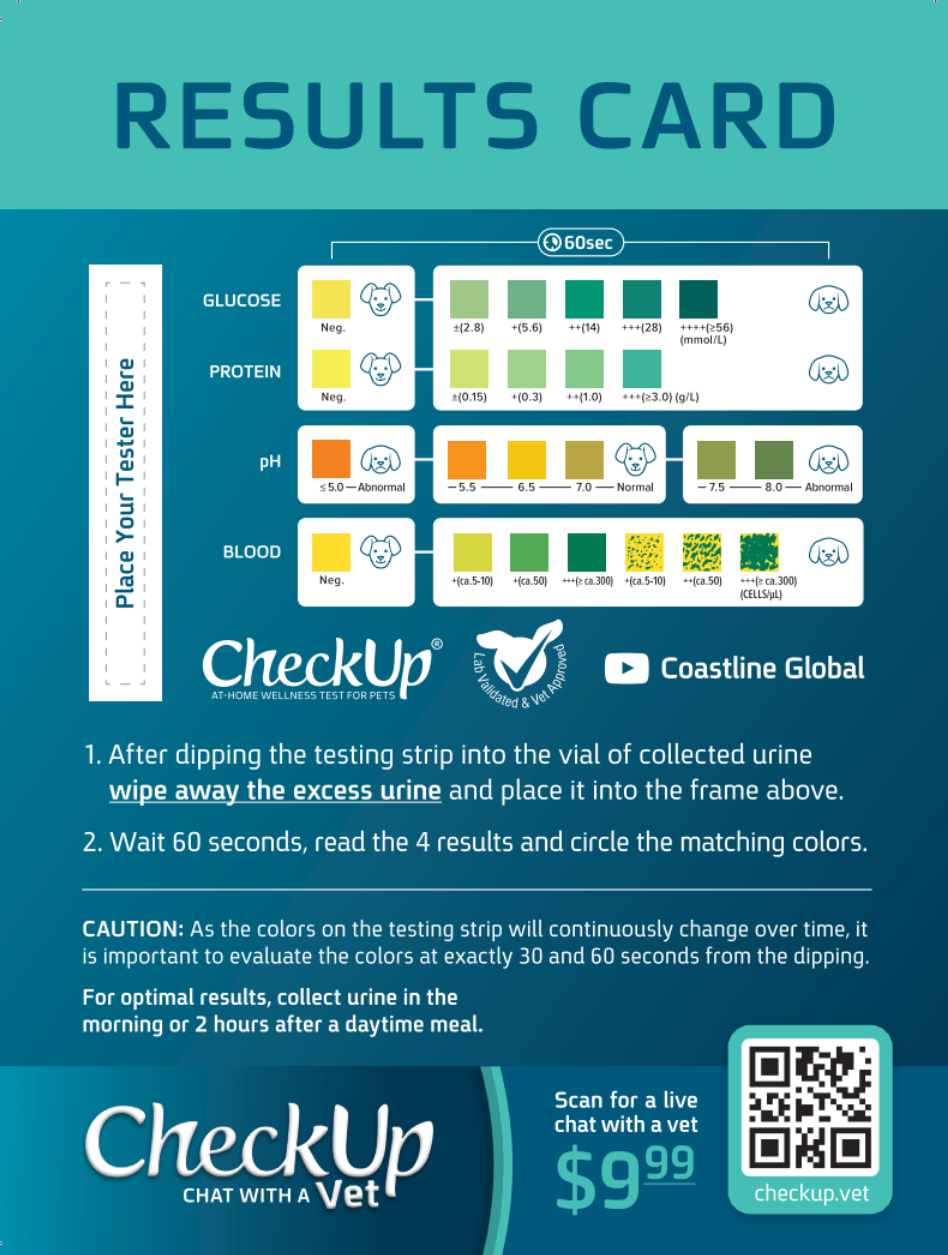Although mice, rats, and humans are very different in physical appearance, they are actually not too far apart in many genetic and metabolic processes. It may be surprising for those not involved in research to learn that about 95% of our genomes are the same as those of mice.
This means that humans and mice, as well as rats, can develop the same diseases, and our bodies tend to respond to those diseases using very similar mechanisms. This includes both diseases obtained through interactions with the environment or by being invaded by a virus or bacteria, as well as conditions that exist because of congenital or genetic conditions.
The Life and Reproductive Advantage
The typical laboratory mouse has a life span of about 2 to 3 years, and female mice have a gestation period of about 20 days, with an average of 6 to 8 young born each litter. With up to 10 litters born per year, that means one female alone can produce 80 mice, and those will also start to reproduce within the first year, leading to thousands of possible offspring within one year.
This is a positive advantage when testing genetic modifications, or when it is essential to test the long-term effects of using a specific pharmaceutical treatment. As mice are small, adapt well to humane laboratory housing and are also very easy to work with, they make a natural match for research.
The Specific Lines of Mice
With the extensive experience within laboratories in working with mice, particularly in genetic breeding programs, different lines of mice have evolved. There is a line of mice bred by Dr. Leonard Shultz to have a very specific ability to accept human cells without rejection. This makes this line of mice very important in studies of all types of human disease, including cancers.
There are lines of mice bred without any immune system capacity, allowing researchers to test medications and treatments without having the variable of the mouse’s own immune system response. Mice can also be bred to be genetically obese, have specific genetic mutations, or have specific genes that are shut down or simply not present. For specific types of research, there are mice that have altered glucose mechanisms, increased muscle growth, and even mice with fluorescent proteins.
In fact, within different laboratories specializing in mouse breeding programs, there are thousands of specific breeding lines all which breed true for a given set of characteristics. This allows researchers to choose a mouse line or strain that meets the criteria for their research.
Cost Effective
There are other animals besides mice and rats that could be used in laboratory and experimental procedures. However, the combination of a short lifespan, high reproductive rates and the low cost of caring for mice and rats makes them ideal for small and large scale studies.
Mice and rats, although often the cause of a lot of angst for people, are essential in assisting scientists in finding answers to some of the most problematic disease and conditions humans face. These small rodents are essential in research, and will continue to play a central role in determining the most effective detection, diagnosis, and treatment options for humans now and in the future.







